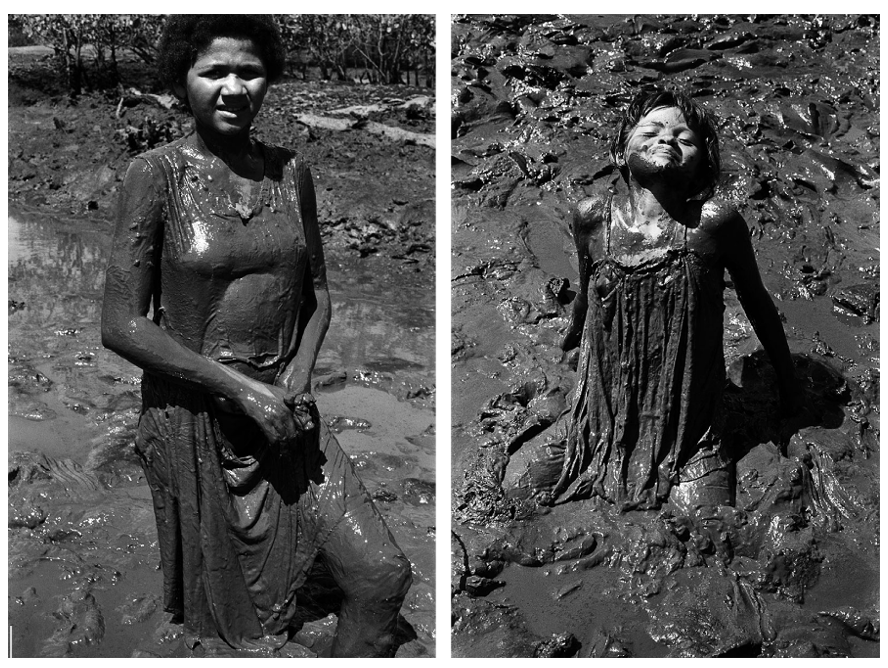Ethnographic image:
a matter of opacity and open to interpretation
DOI:
https://doi.org/10.22478/ufpb.2447-9837.2022.n14.64555Abstract
In this article, I explore the place that images occupy in ethnographic research and their use in the construction of a visual narrative from fieldwork. According to Novaes (2014), images communicate without words, however it is necessary to consider what they are conveying since there is always opacity and room for interpretation. Photography is a tool that depicts gestures and expressions from field research. It can be used as a technology to create a visual narrative, as in an ethnographic film. The working hypothesis is whether photography and film can operate as a translation of the knowledges collected in fieldwork. The text highlights the methodological use of images by the photographic and film researchers, taking as an example the ethno- graphic film Les maîtres fous (The crazy masters), by Jean Rouch (1954).
KEYWORDS:
Ethnography. Image. Visual Narrative. Ethnographic film.
Downloads

Downloads
Published
Issue
Section
License
- Autores mantém os direitos autorais e concedem à revista o direito de primeira publicação, com o trabalho simultaneamente licenciado sob a Licença Creative Commons Attribution que permite o compartilhamento do trabalho com reconhecimento da autoria e publicação inicial nesta revista.
- Autores têm autorização para assumir contratos adicionais separadamente, para distribuição não-exclusiva da versão do trabalho publicada nesta revista (ex.: publicar em repositório institucional ou como capítulo de livro), com reconhecimento de autoria e publicação inicial nesta revista.
- Autores têm permissão e são estimulados a publicar e distribuir seu trabalho online (ex.: em repositórios institucionais ou na sua página pessoal) a qualquer ponto antes ou durante o processo editorial, já que isso pode gerar alterações produtivas, bem como aumentar o impacto e a citação do trabalho publicado (Veja O Efeito do Acesso Livre).


